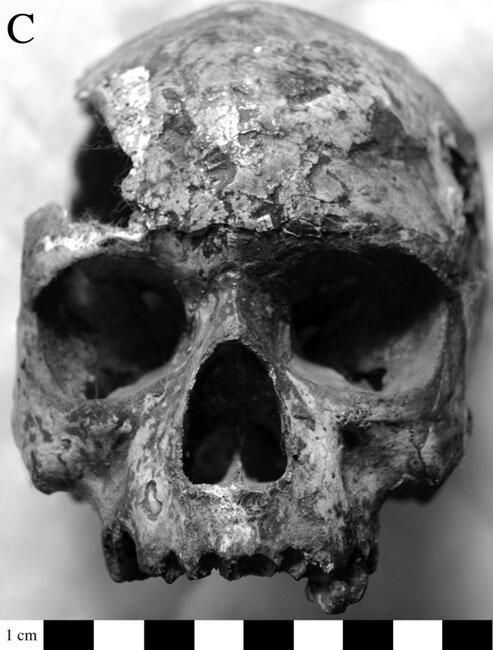Above: Skeleton from individual G.I.S. 15 from Area G, Harappa
Abstract
In the third millennium B.C., the Indus Civilization flourished in northwest India and Pakistan. The late mature phase (2200-1900 B.C.) was characterized by long-distance exchange networks, planned urban settlements, sanitation facilities, standardized weights and measures, and a sphere of influence over 1,000,000 square kilometers of territory. Recent paleoclimate reconstructions from the Beas River Valley demonstrate hydro-climatic stress due to a weakened monsoon system may have impacted urban centers like Harappa by the end of the third millennium B.C. the impact of environmental change was compounded by concurrent disruptions to the regional interaction sphere. Climate, economic, and social changes contributed to the disintegration of this civilization after 1900 B.C. We assess evidence for paleopathology to infer the biological consequences of climate change and socio-economic disruption in the post-urban period at Harappa, one of the largest urban centers in the Indus Civilization. Bioarchaeological evidence demonstrates the prevalence of infection and infectious disease increased through time. Furthermore, the risk for infection and disease was uneven among burial communities. Corresponding mortuary differences suggest that socially and economically marginalized communities were most vulnerable in the context of climate uncertainty at Harappa. Combined with prior evidence for increasing levels of interpersonal violence, our data support a growing pathology of power at Harappa after 2000 B.C. Observations of the intersection between climate change and social processes in proto-historic cities offer valuable lessons about vulnerability, insecurity, and the long-term consequences of short-term strategies for coping with climate change.

